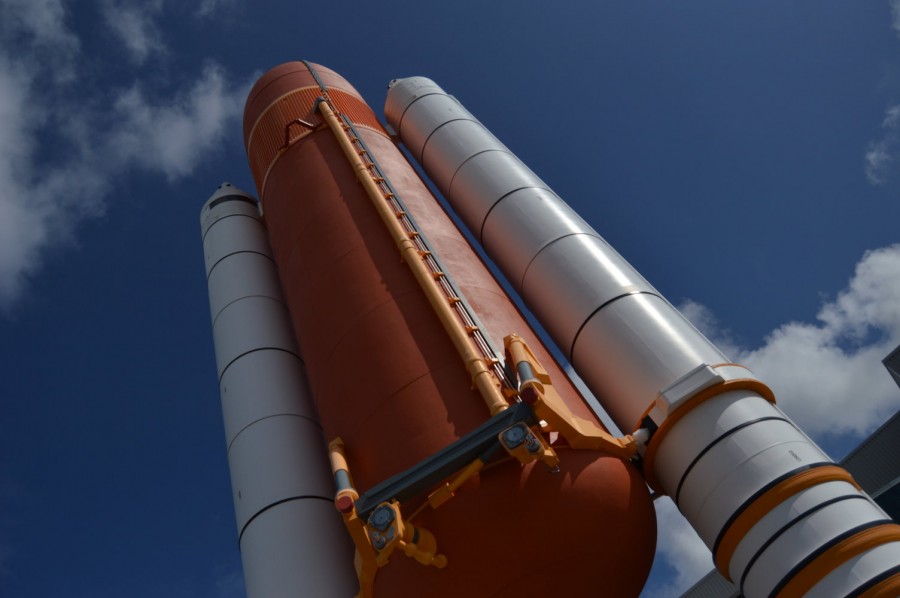NASA Shoots for the Stars
Over the past few weeks, many new plans and events involving NASA have been released. Primarily, the release of NASA saying that the company will be sending inflatable “space rooms” to test, and the malfunction of the Kepler spacecraft that was sent into emergency mode.
One of the struggles that NASA and other space-related companies have is attempting to manufacture inexpensive, habitable places above Earth’s orbit. NASA is trying to fix this problem by deploying a project called the Bigelow Expandable Activity Module.
The module will be sent to the International Space Station, where they will take readings on how the habitat reacts without the atmosphere to protect it, including how it will react with radiation and other factors. If it is deemed safe, more tests will be run and NASA may use these as actual habitats for astronauts and engineers on the ISS in the future.
I think that this is an amazing project that I am very excited for. This will reduce spending so much, which means NASA will have more money to spend on other projects and expeditions. I’ve always been a big fan of finding and learning about new expeditions the company has set forth.
On April 8th, NASA announced that the Kepler spacecraft had gone into EM, emergency mode. Kepler is 75 million miles away from Earth- making it very hard to communicate with the device.
The Kepler space telescope was constructed at a cost of $550 million, and launched on March 7th, 2009. The telescope is being used in attempt to find other Earth-like planets, and to hopefully discover some sort of extraterrestrial life.
At the time, it was the largest quality camera that had been launched into space, at 95 megapixels. For comparison, the average high quality camera has a limit of around 20 megapixels, and a smartphone has around 10.
Two days after the malfunction, April 10th, NASA announced that the engineers had fixed the malfunction and that the Kepler telescope was now running normally.
I’m very glad that Kepler is back up and running. It has done a lot for NASA, including finding new planets and discovering new galaxies. Hopefully it will continue to do so.
NASA has most definitely had some interesting events happening recently, and hopefully we can continue to learn more about the universe as companies like NASA progress through our galaxy.
Sources
https://www.nasa.gov/feature/mission-manager-update-kepler-recovered-from-emergency-and-stable
https://en.wikipedia.org/wiki/Kepler_(spacecraft)
http://www.nasa.gov/mission_pages/station/research/experiments/1804.html
